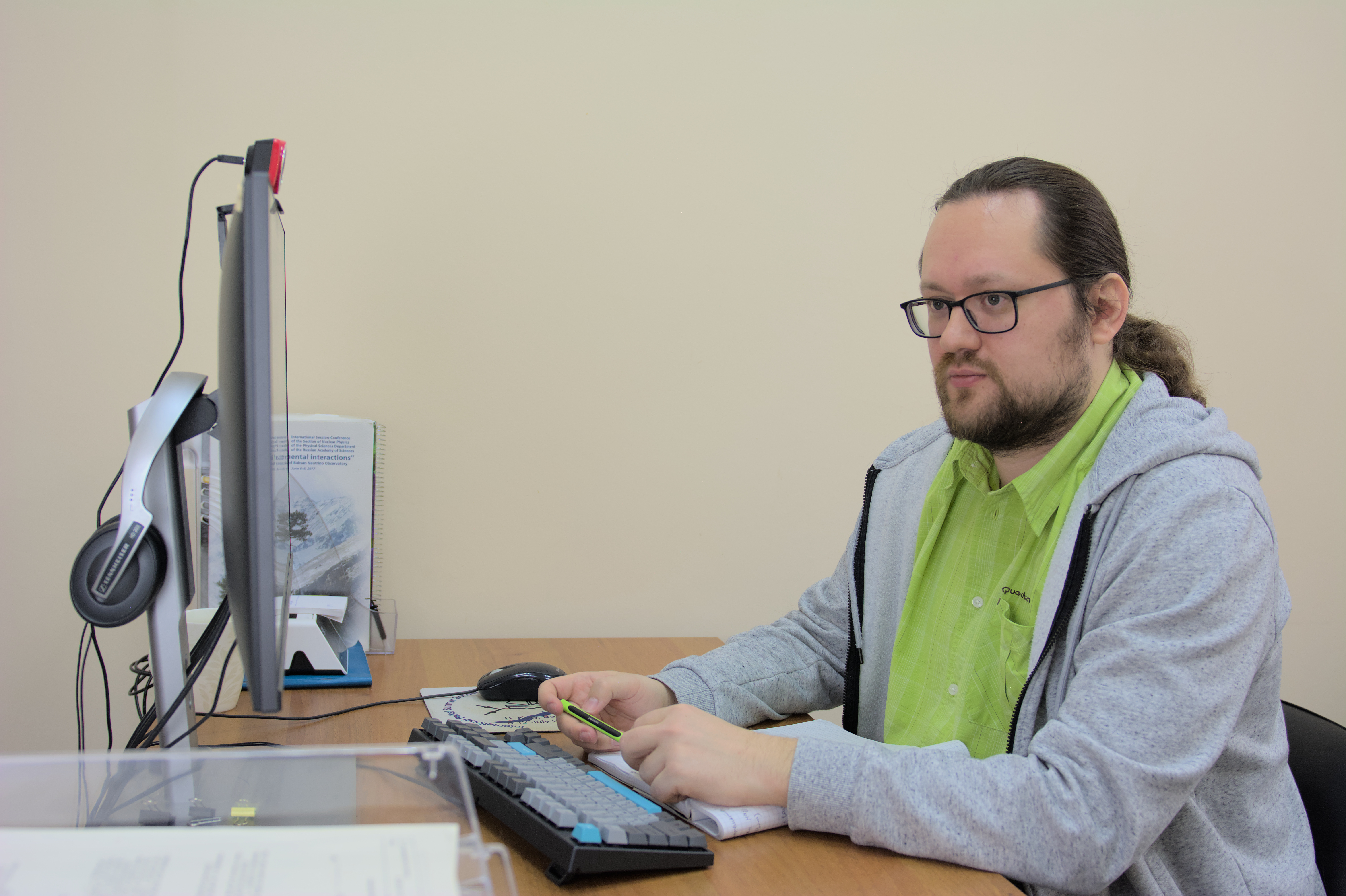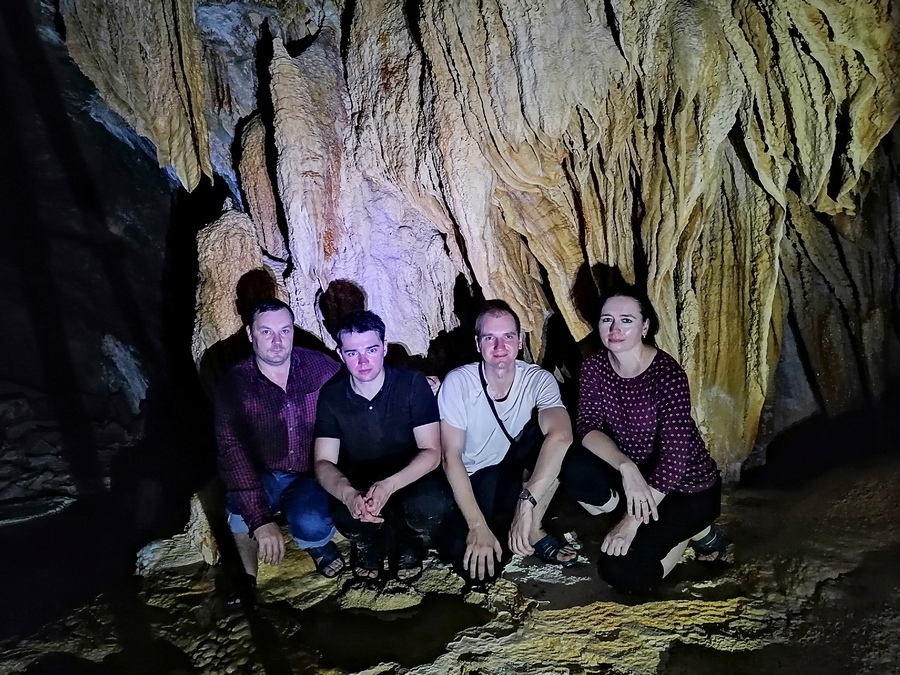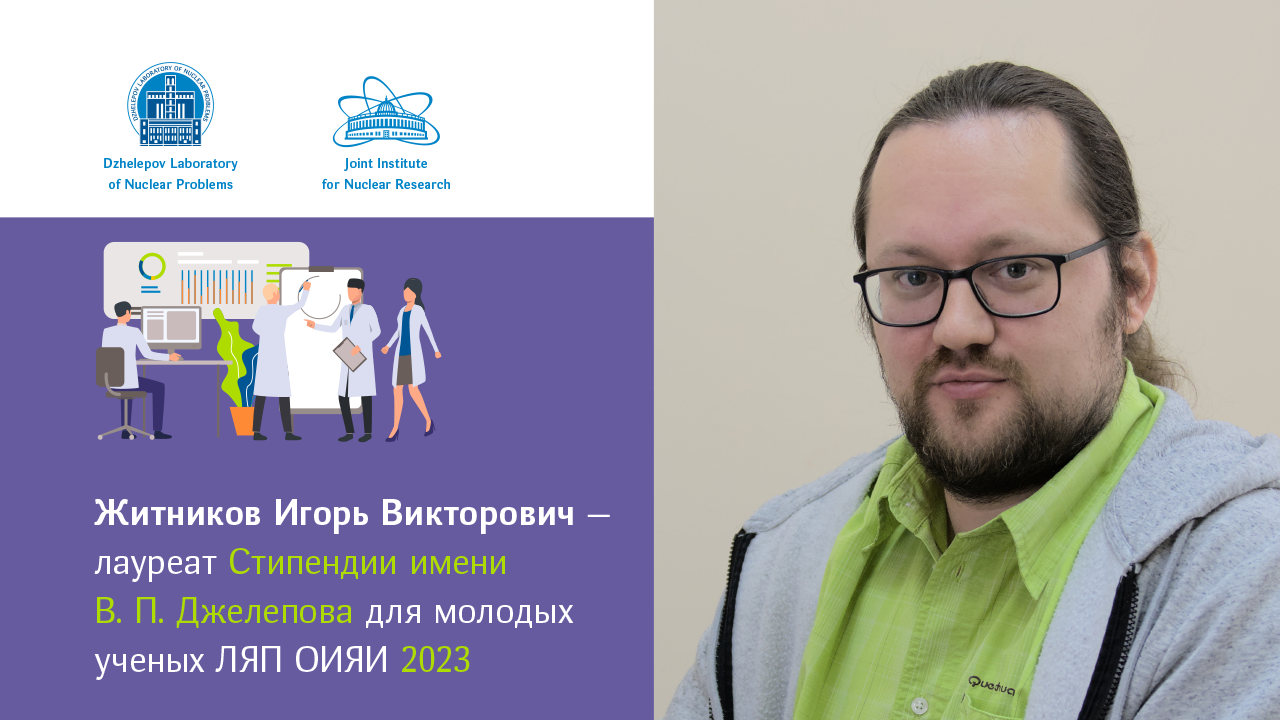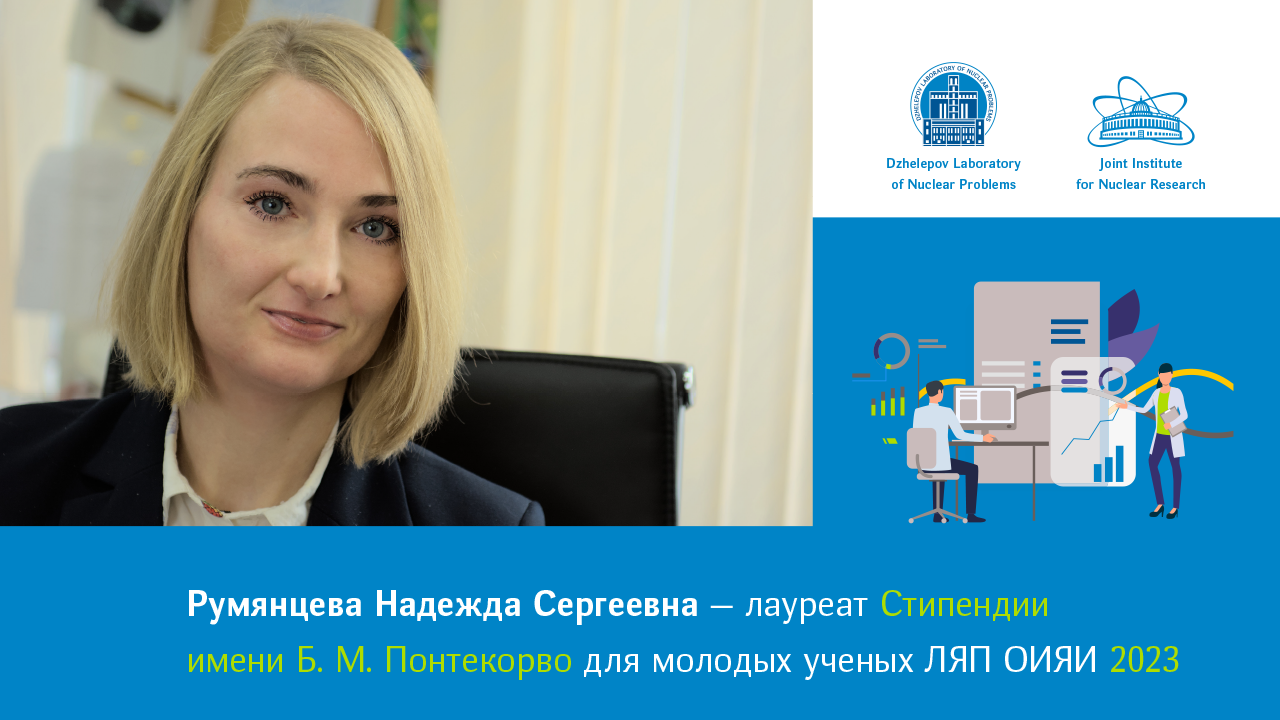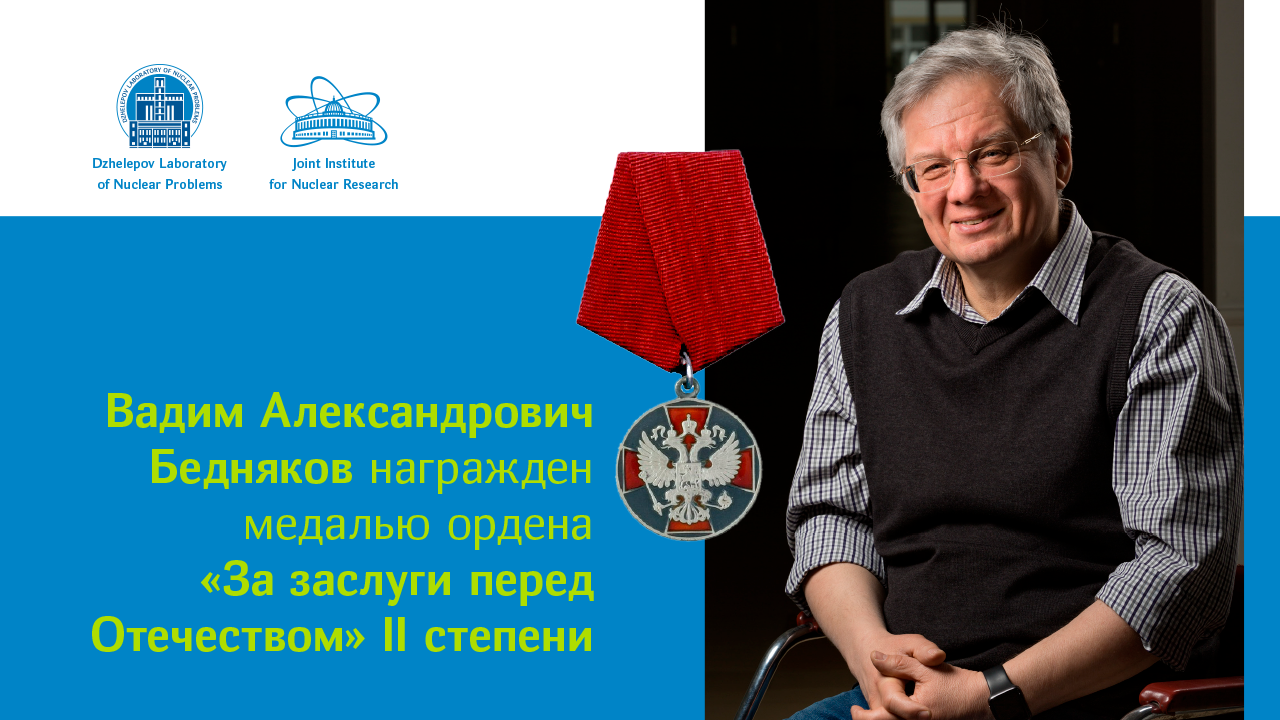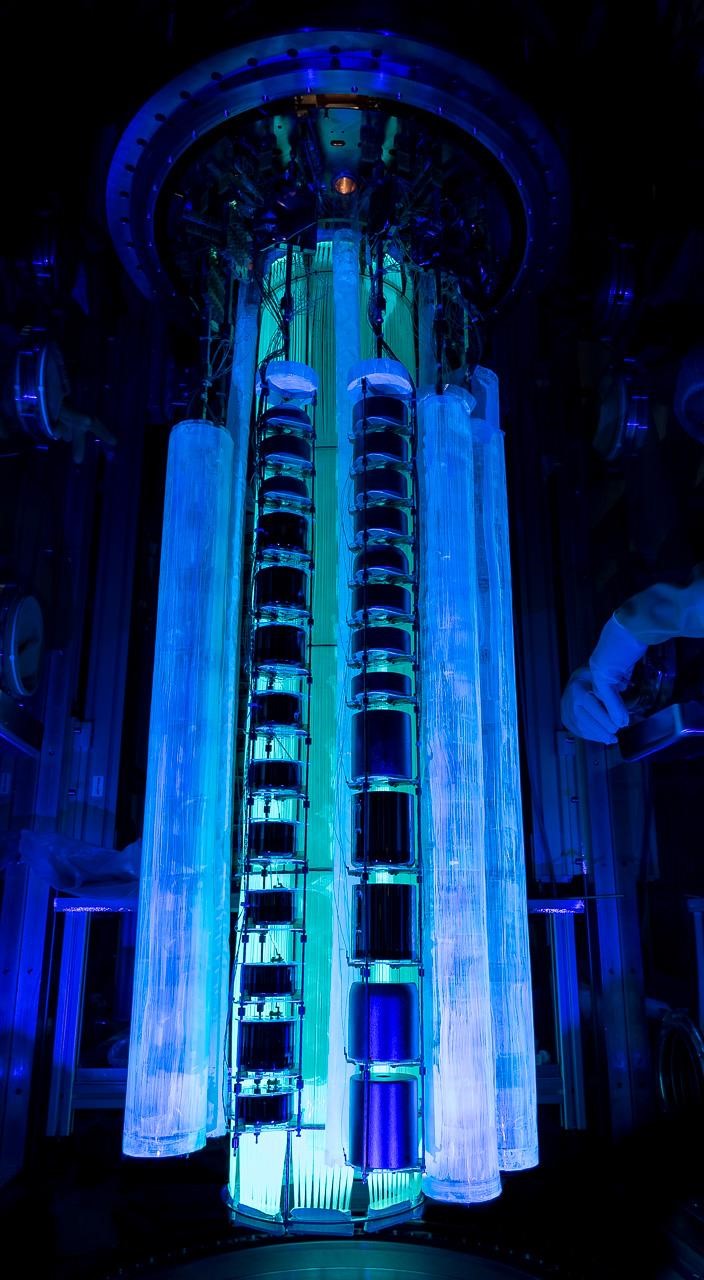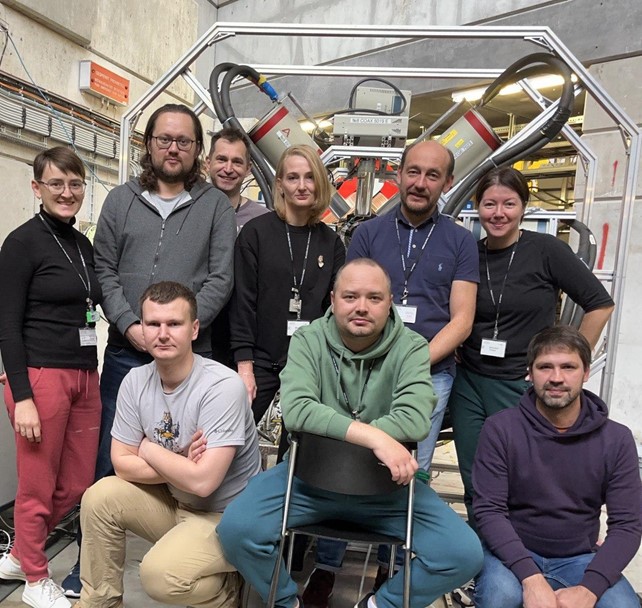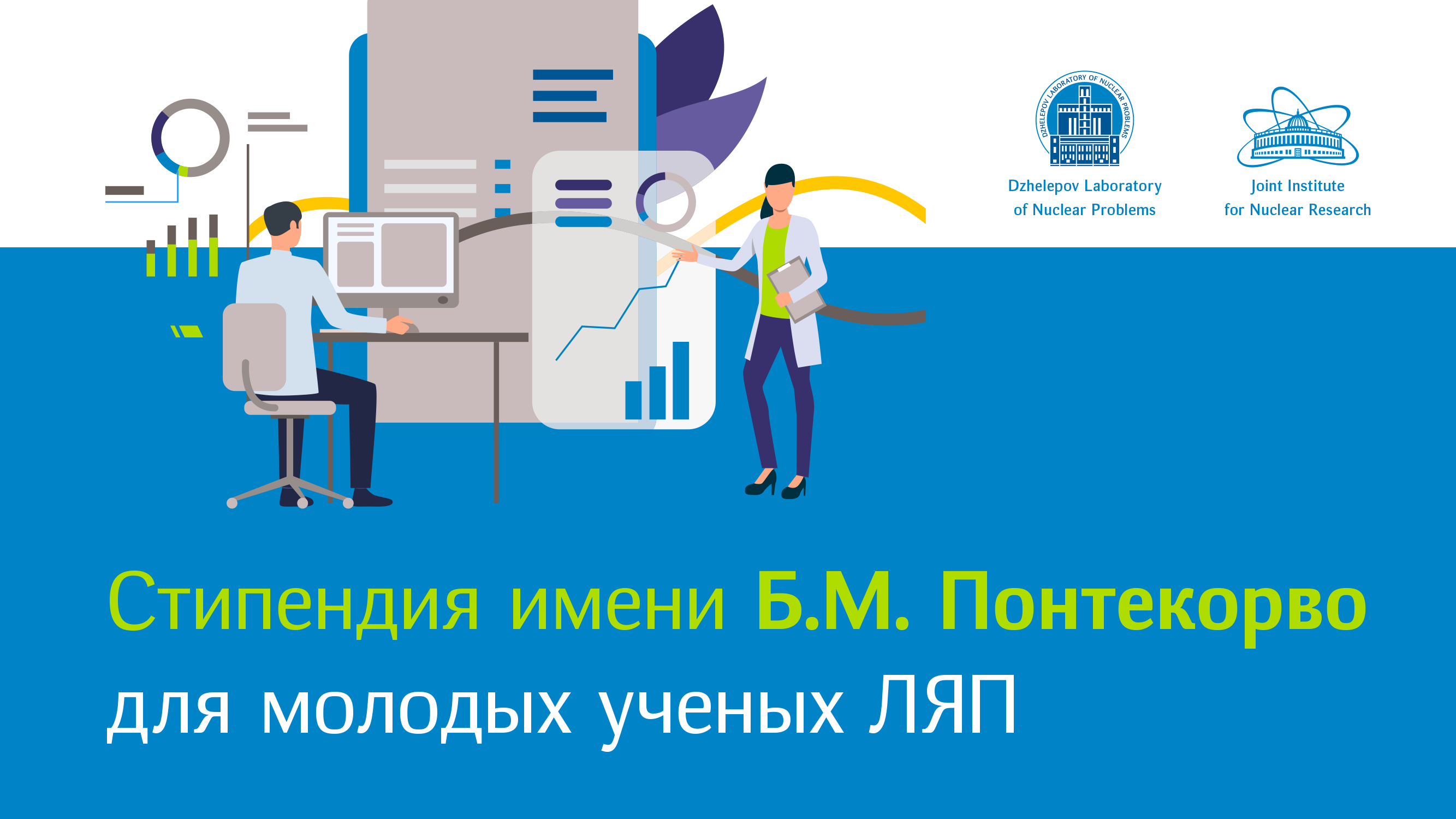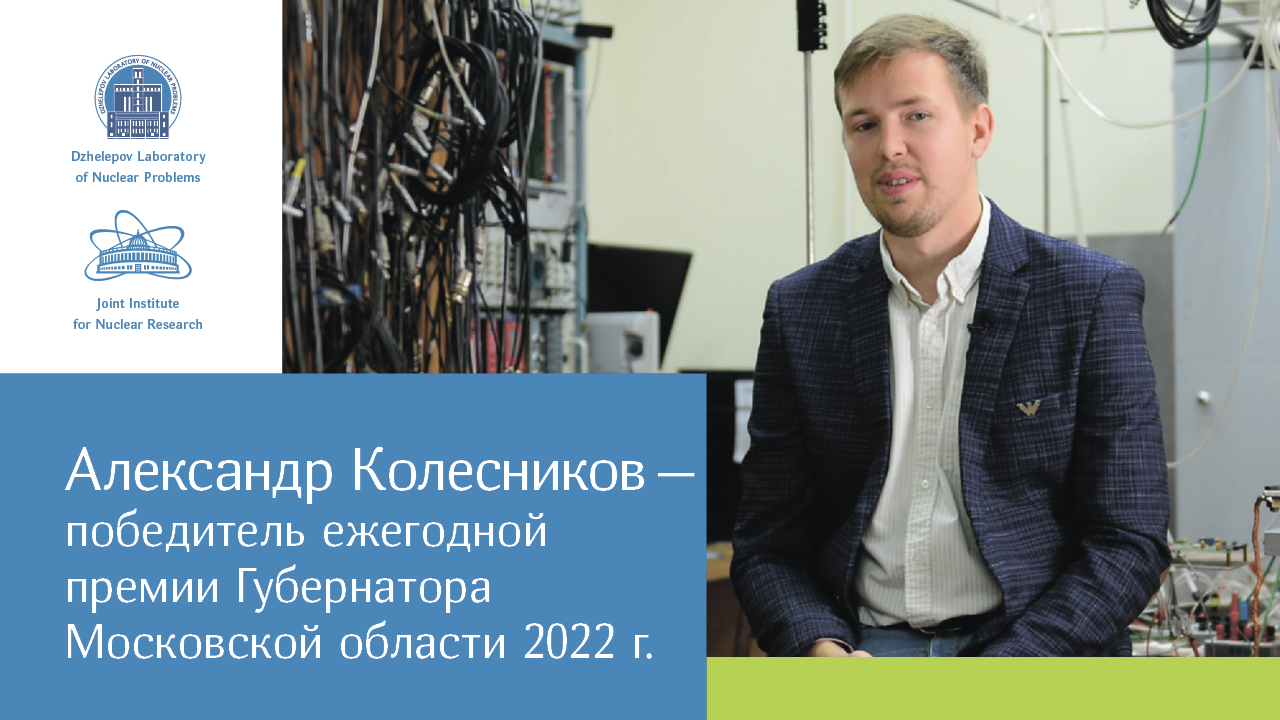News
16.12.2022
On December 8, 2022, at the session of the DLNP Science and Technology Council, it was announced that the 2023 V. P. Dzhelepov Scholarship for Young DLNP Scientists was granted to Igor Viktorovich Zhitnikov, a researcher of Sector 2 of Weak Interactions of the DLNP Experimental Department of Nuclear Spectroscopy and Radiochemistry (EDNSR). The DLNP Group of Scientific Communication talked to Igor Zhitnikov about ongoing work and plans for the year as a scholarship holder.
13.12.2022
A new species of extremophilic bacteria has been isolated by JINR scientists, along with their colleagues from INR of RAS, from subsurface water in an unused tunnel of the Baksan Neutrino Observatory of INR of RAS. The species is able to withstand high concentrations of heavy metals and to grow using C1 compounds as a carbon source. In the long term, this bacterial species can be used to purify soils and waste water from heavy metals and also to recover biomass using an inexpensive carbon source methanol.
12.12.2022
From 6 to 9 December 2022, the first − for the last three years − in-person meeting of the International Baikal-GVD Collaboration took place at the conference hall of the DLNP Experimental Department of Nuclear Spectroscopy and Radiochemistry.
08.12.2022
Today, the results of the 2023 V. P. Dzhelepov Scholarship Competition for young DLNP scientists have been announced at the session of the DLNP Science and Technology Council.
08.12.2022
Today, the results of the 2023 Bruno Pontecorvo Scholarship Competition for young DLNP scientists have been announced at the session of the DLNP Science and Technology Council.
02.12.2022
In accordance with the Decree of the President of the Russian Federation No 830 of November 17, 2022, “About Granting State Awards of the Russian Federation”, Vadim Alexandrovich Bednyakov has been granted the Medal of the Order “For Merit to the Fatherland” II class for his contribution to the development of science and long-term faithful activity. We heartily congratulate Vadim Alexandrovich on this high state award!
30.11.2022
In the fall, DLNP JINR scientists returned to the Gran Sasso National Laboratory (Italy) to continue the installation of enriched Ge-76 detectors in the LEGEND experiment. The preparatory work necessary for a full-scale launch of the experiment was carried out. This was followed by reassembly of the liquid argon instrumentation and all currently available detectors made from Ge-76. All operations were performed with the direct participation of our specialists.
18.11.2022
Researches of the DLNP Sector of Molecular Genetics of the Cell in cooperation with the Baksan Neutrino Observatory (BNO of INR of RAS) have discovered a new species of an extremophilic bacterium in an underground spring in an unused part of the BNO tunnel. To identify the microorganism, the modern whole-genome sequencing methods using the Oxford Nanopore technology and biochemical profiling systems were applied. The high resistance of the new bacterium species to heavy metals and the ability to process methanol were established.
10.11.2022
A regular data taking run of the MONUMENT experiment has been finished at the Paul Scherrer Institute (PSI) in Switzerland. The DLNP group was involved in the run. This year, it started in mid-September, lasted almost a month and a half, and included both online and offline measurements (later, targets removed from the beamline with the produced activity were measured at a radiochemical laboratory).
08.11.2022
In order to honour the memory of the distinguished scientist and science administrator, a corresponding member of the AS of the USSR and RAS V. P. Dzhelepov and also to reward and motivate young scientists, the Dzhelepov Laboratory of Nuclear Problems of the Joint Institute for Nuclear Research established annual V. P. Dzhelepov Scholarships. According to the Competition Regulations, not more than one scholarship can be granted per year and the young scientist can be granted it only once.
08.11.2022
In order to honour the memory of the distinguished scientist Academician Bruno Pontecorvo and to reward and motivate young scientists, the Dzhelepov Laboratory of Nuclear Problems of the Joint Institute for Nuclear Research established annual Bruno Pontecorvo Scholarships. According to the Competition Regulations, not more than one scholarship can be granted per year and the young scientist can be granted it only once.
04.11.2022
Aleksandr Kolesnikov, a junior research scientist of the DLNP Experimental Department of Multiple Hadronic Processes is talking about his work on the study and introduction of new materials and technologies for developing gas-discharge position detectors with a small amount of material. He was awarded for this work the 2022 Prize of the Governor of the Moscow Region for young scientists and specialists in the fields of science, technology, engineering, and innovations.


